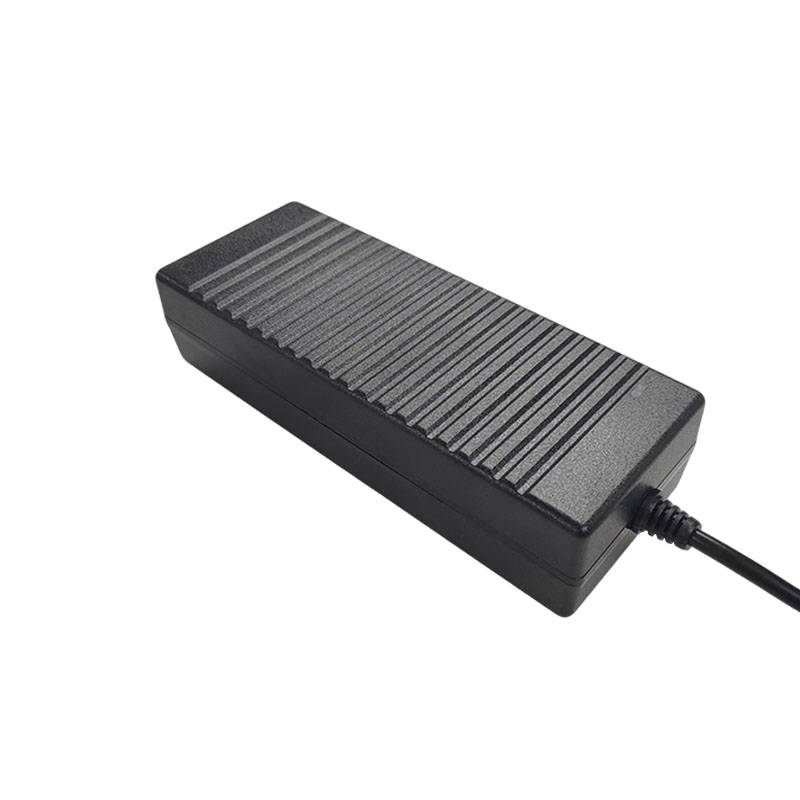Why Choosing the Right Charger Matters
Lithium batteries power everything from smartphones to electric vehicles, but using an incompatible charger can lead to safety risks (e.g., overheating, explosions) or reduced battery lifespan. A well-matched charger ensures efficiency, safety, and longevity.

Key Factors to Consider
1.Voltage & Current Compatibility
- Rule: Always match the charger’s output voltage/current to the battery’s specifications (e.g., 3.7V for Li-ion, 7.4V for LiPo).
- Risk: Mismatched voltage can damage the battery or cause fires.
2. Charging Speed & Technology
| Type | Advantages | Drawbacks |
| Standard Charger | Low heat,budget-friendly | Slow charging(e.g., 5W) |
| Fast Charger | Saves time (e.g., 18W PD,30W QC). | Generates more heat;check compatibility. |
| Wireless Charger | Convenient, no cables | Slower speed;requires Qi support. |
3. Safety Certifications
- Look for: UL, CE, RoHS, or FCC marks. These ensure compliance with international safety standards.
- Avoid: No-name brands without certifications.
4. Portability & Design
- For travel: Choose compact, lightweight chargers with foldable plugs (e.g., Anker Nano).
- For home/office: Multi-port chargers (e.g., 2 USB-C + 1 USB-A) offer versatility.
5. Smart Features
- Must-have protections: Overcharge, overheat, short-circuit, and surge protection.
- Bonus features: LED indicators, auto power-off, and adaptive charging (e.g., adjusts speed based on temperature).
FAQ
Q: Can I use a laptop charger for my phone?
A: Only if the voltage/current matches. Most USB-C laptops support phone charging.
Q: Are cheap chargers safe?
A: Avoid uncertified chargers—they often lack safety protections.
Q: How do I know if my charger is overheating?
A: If it’s too hot to touch or emits a burning smell, unplug immediately.
Conclusion
Choosing the right lithium battery charger requires balancing compatibility, safety, and convenience. Prioritize certified products from trusted brands, and always follow the manufacturer’s guidelines.